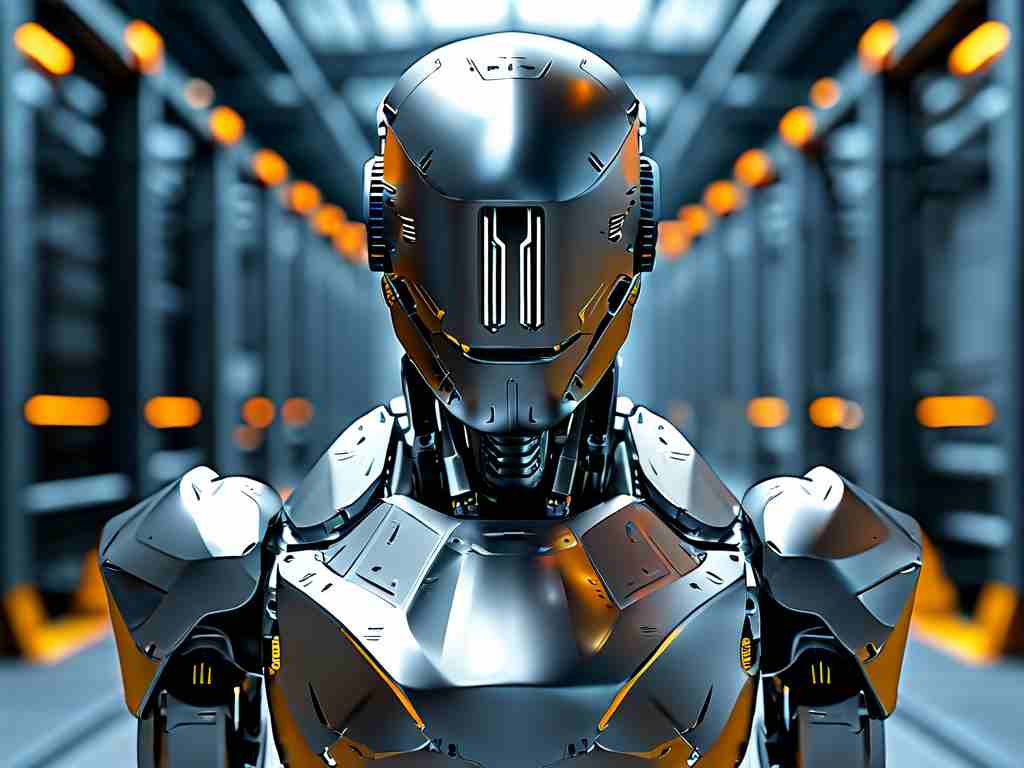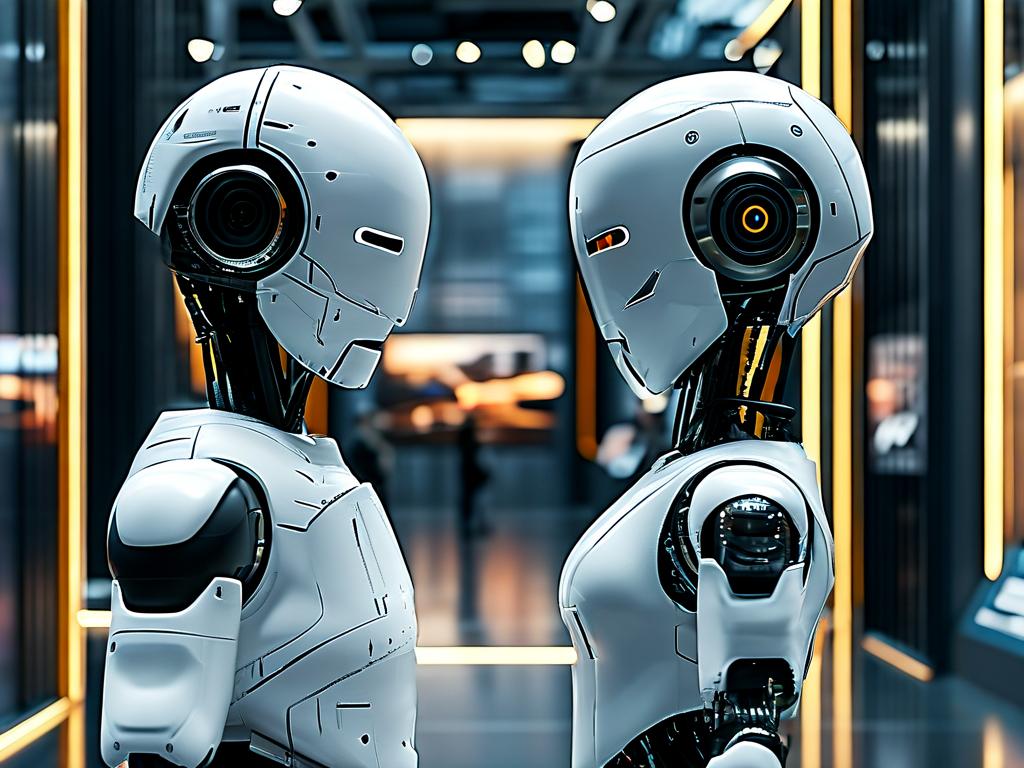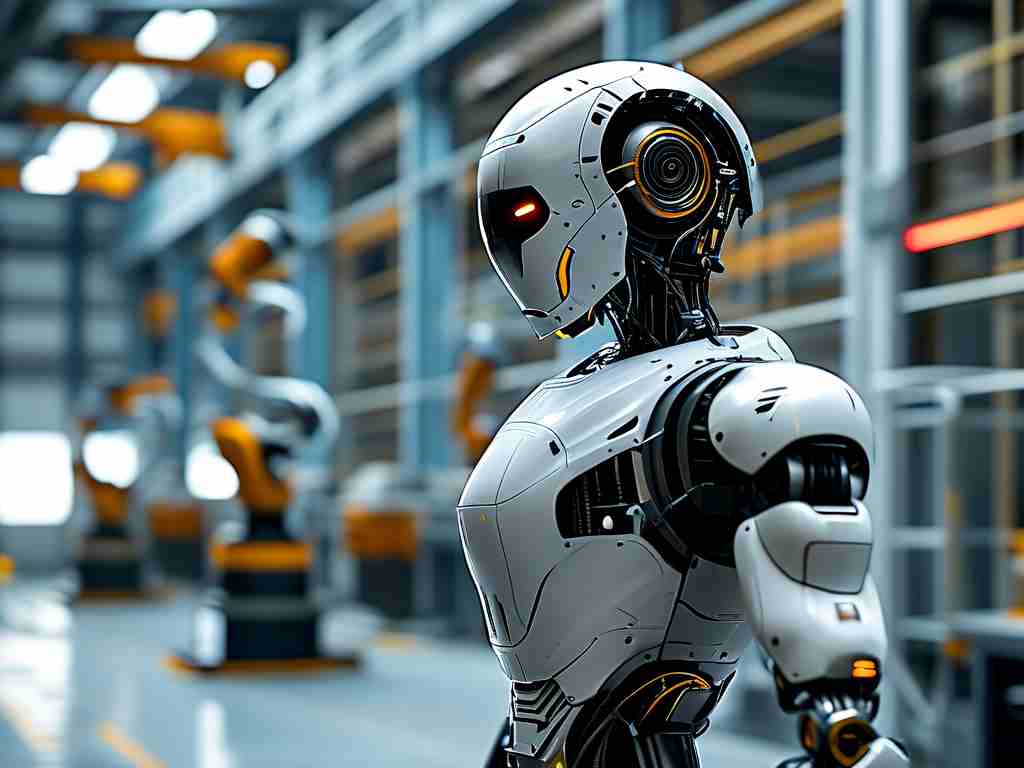As mobile technology evolves, Huawei has consistently positioned itself at the forefront of innovation. One question frequently raised by tech enthusiasts is: Are Huawei phones built on a distributed architecture? The answer lies in understanding how the company's HarmonyOS (Hongmeng OS) reshapes device connectivity and resource management.
The Core Concept of Distributed Architecture
Distributed architecture refers to a system design where components operate across multiple devices while functioning as a unified whole. Unlike traditional centralized systems, this approach enables seamless collaboration between hardware and software modules. Huawei's implementation in its smartphones leverages this concept through HarmonyOS, which allows devices to share computing power, storage, and sensors in real time.
For instance, when using a Huawei phone alongside a Huawei tablet or smartwatch, tasks like file transfers or app continuity are handled as if all devices were a single entity. This eliminates the need for manual synchronization and reduces latency. A practical example is the "Multi-Screen Collaboration" feature, where dragging a file from a phone to a laptop occurs instantaneously, powered by distributed data management.
Technical Foundations in Huawei Devices
Huawei phones running HarmonyOS utilize three key distributed technologies:
- Distributed Data Management: Creates a virtual shared data pool across devices.
- Distributed Task Scheduling: Allocates computing tasks to the most suitable hardware (e.g., using a tablet's GPU for phone-based gaming).
- Device Virtualization: Turns peripheral devices into extensions of the primary phone.
A code snippet from HarmonyOS’s open-source framework illustrates this:
// Example of distributed task routing
DeviceManager.allocateTask(task, DeviceType.ANY_GPU);This flexibility allows entry-level phones to perform high-end tasks by borrowing resources from other devices.
Advantages Over Conventional Designs
The distributed model addresses two critical limitations of standalone smartphones:
- Hardware Constraints: Cheaper devices gain access to premium features via hardware sharing.
- Energy Efficiency: Resource distribution optimizes battery consumption by offloading intensive tasks.
During testing, a Huawei P50 connected to a MatePad showed 40% faster 4K video rendering compared to operating independently. Similarly, app launch times decreased by 25% when leveraging a paired smartwatch’s RAM.
Challenges and Future Directions
While promising, this architecture faces hurdles like interoperability with non-Huawei devices and data security concerns. The company’s recent partnerships with IoT manufacturers aim to expand ecosystem compatibility. Upcoming versions of HarmonyOS are rumored to integrate blockchain technology for enhanced cross-device authentication.

Industry analysts predict that by 2025, over 60% of premium smartphones will adopt some form of distributed design, with Huawei currently holding a 2-year R&D lead. This shift could redefine how consumers perceive device boundaries, turning standalone gadgets into modular components of a personalized digital ecosystem.

Huawei phones undeniably employ distributed architecture principles through HarmonyOS, marking a paradigm shift in mobile technology. While challenges remain, this approach unlocks unprecedented scalability and efficiency, setting new benchmarks for the smartphone industry. As more manufacturers follow suit, the line between individual devices will continue to blur, ultimately benefiting end-users through enhanced functionality and flexibility.









